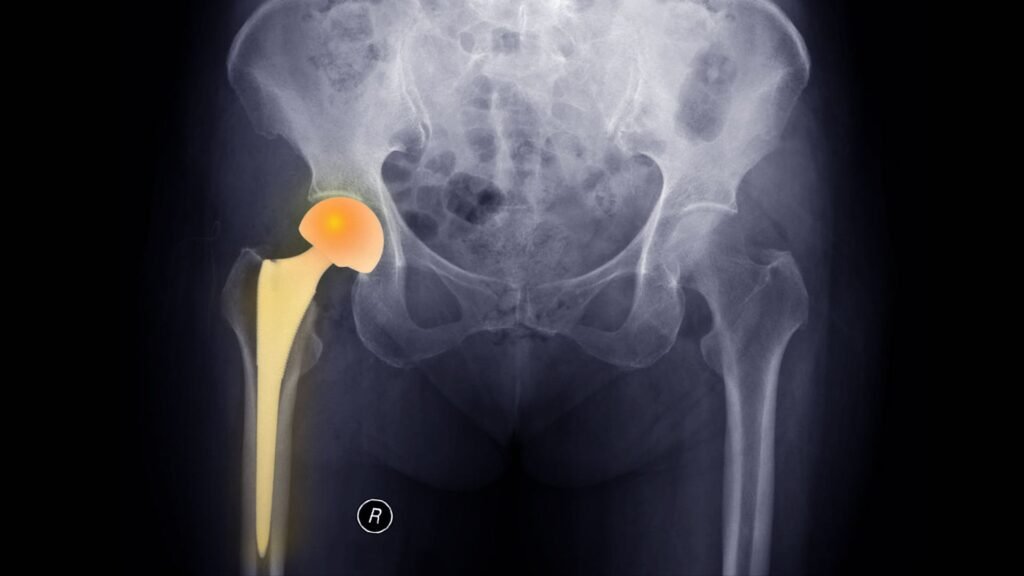The hip, a cornerstone of mobility, is a robust joint designed to withstand repeated motion and wear. However, due to various factors such as age-related wear, injuries, or congenital conditions, it may necessitate surgical intervention. Hip surgery stands as a beacon of hope for many, aiming to alleviate pain, restore mobility, and significantly improve the quality of life. This article will navigate through the types of hip surgeries, their benefits, and the journey towards recovery.
Types of Hip Surgery:
- Hip Arthroscopy: Hip arthroscopy is a minimally invasive procedure enabling surgeons to view, diagnose, and treat the joint’s interior issues through small incisions.
- Hip Resurfacing: This procedure involves capping the femoral head with a metallic prosthesis, preserving more bone than a traditional hip replacement.
- Total Hip Replacement (THR): THR involves replacing the damaged hip joint with prosthetic components to alleviate pain and enhance mobility.
- Partial Hip Replacement: Unlike THR, partial hip replacement replaces only a portion of the hip joint, usually the femoral head.
- Hip Fracture Surgery: This surgery aims to repair fractures in the hip, which may involve the use of hardware like screws and plates.
Benefits of Hip Surgery:
- Pain Relief: One of the most profound benefits of hip surgery is the substantial alleviation or elimination of pain.
- Enhanced Mobility: Post-surgery, individuals often experience a significant improvement in mobility and range of motion.
- Improved Quality of Life: With decreased pain and increased mobility, individuals can return to daily activities, improving overall life quality.
Recovery Journey:
The path to recovery post-hip surgery is an integral aspect of the surgical journey. It typically encompasses:
- Physical Therapy: Engaging in physical therapy to regain strength, mobility, and function is crucial.
- Regular Follow-ups: Adhering to scheduled follow-up appointments with the orthopedic surgeon ensures proper healing and recovery progress.
- Adherence to Post-operative Instructions: Following the surgeon’s post-operative instructions facilitates a smooth recovery and optimal surgical outcomes.


